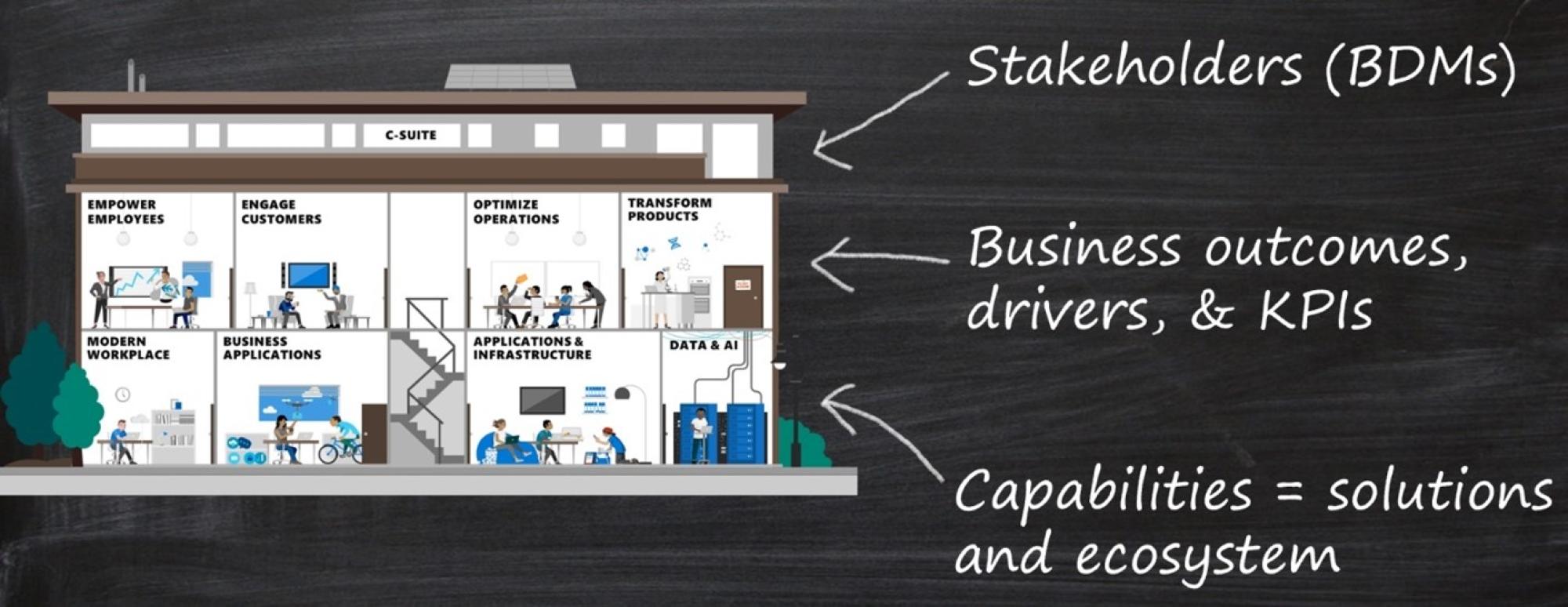Business outcomes are the results of the actions and decisions made by a business. The business outcomes can include a variety of different tangible results such as financial performance, customer satisfaction, and overall business growth.
Business outcomes are a byproduct of the strategies and desired outcomes the organization deploys. It is important to note that there is a distinction between business outcomes and desired business outcomes. Desired business outcomes are goals that a company can set for themselves to determine their priorities.
Business outcomes, simply defined, are what you want a technology solution to help your organization achieve. Business outcomes are the "why" behind the technology.
Why business outcomes are important
Business outcomes are important because setting the desired outcome goal provides clarity and direction for the business. By understanding the business outcomes that employees and the organization are striving towards, decisions are made with the desired outcomes top of mind. Thus, this provides direction for simplified business choices. Additionally, business outcomes are important because the process to achieve the desired outcomes increases prioritization and productivity. By determining desired business outcomes, an organization is able to emphasize the importance of tasks, prioritize them based upon the importance and urgency, and thus align their outcomes. Also, when attempting to achieve a desired outcome, teams within an organization can align their efforts to achieve the outcomes quicker and more efficiently, thus increasing productivity. Overall, defining business outcomes is important, because setting clear goals with prioritized direction results in a higher probably of achieving the desired outcome.
Once defined, business outcomes can be used as:
- A communication vehicle to the extended team
- Input for roadmap or technology scoping sessions
- A primary driver for ongoing outcomes discussions and cadence
- A model for driving and gaining alignment for other initiatives
Let’s look at a real-world example. A company wants to grow with existing customers. What actions are they going to take to move the needle? Business outcomes must be measurable so that the company knows whether their tactics are effective in reaching their desired Business outcomes. Usually, they are measured with a lagging indicator, looking at whether revenue went up or down, for example. If increasing revenue from existing customers is the goal, how much do you want to increase revenue and over what time period? A company may believe that more visits to a customer will result in increased revenue. How many more visits will they need compared with today? Does the data show that increasing visits was effective, or does the company need to change course to grow with existing customers?
How to utilize business outcomes in transformation journeys
Business outcomes drive sustainable change. Defining business outcomes is often viewed as the first, crucial step in any transformation journey. The most successful transformation journeys start with a business outcome in mind. Cloud adoption can be a costly and time-consuming effort. Fostering the right level of support from IT and other areas of the business is crucial to success.
During any cloud transformation, the ability to speak in terms of business outcomes supports transparency and cross-functional partnerships. The business outcome framework starts with a simple template to help technically minded individuals document and gain consensus. By rapidly understanding and aligning the key performance indicators (KPIs) and business drivers that are important to stakeholders, your team can think about high-level approaches and transformations before diving into the implementation details. This will help your organization’s transformational journey reach their desired business outcomes.

Business outcomes are always our focus
Everything we do at Alithya is centered around business outcome realization. It’s not focused on go-live. It’s about realizing the benefits that companies signed up for at the beginning and giving them a path to achieve those. We encourage leadership to communicate desired business outcomes, stay visible throughout a project before and stay engaged even after go-live. When the core team within the company demonstrates to leadership what’s been built, leadership can now ask the right questions about whether the tool will help the company achieve their business outcomes. If you want your technology initiative to succeed, business outcomes should drive everything, from configuration and implementation to the data that’s measured and the training that’s offered.
Contact us to learn more about business outcomes and how Alithya can help your organization reach their desired business outcomes.
